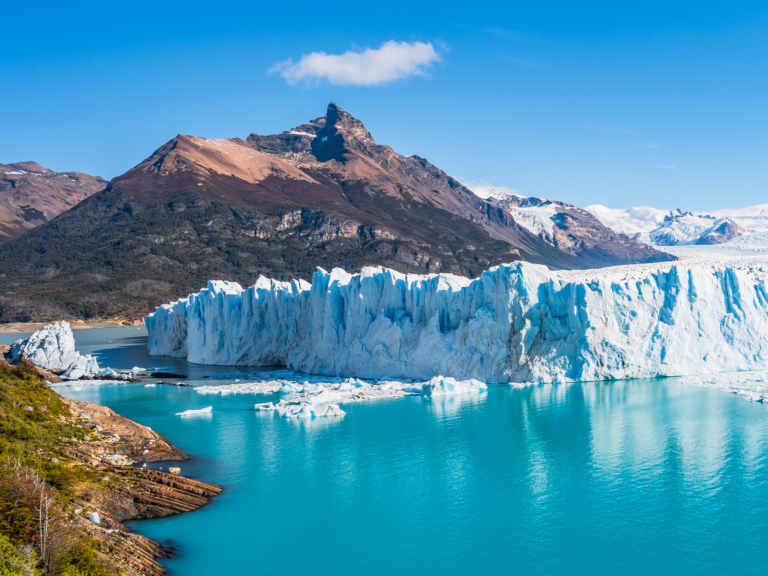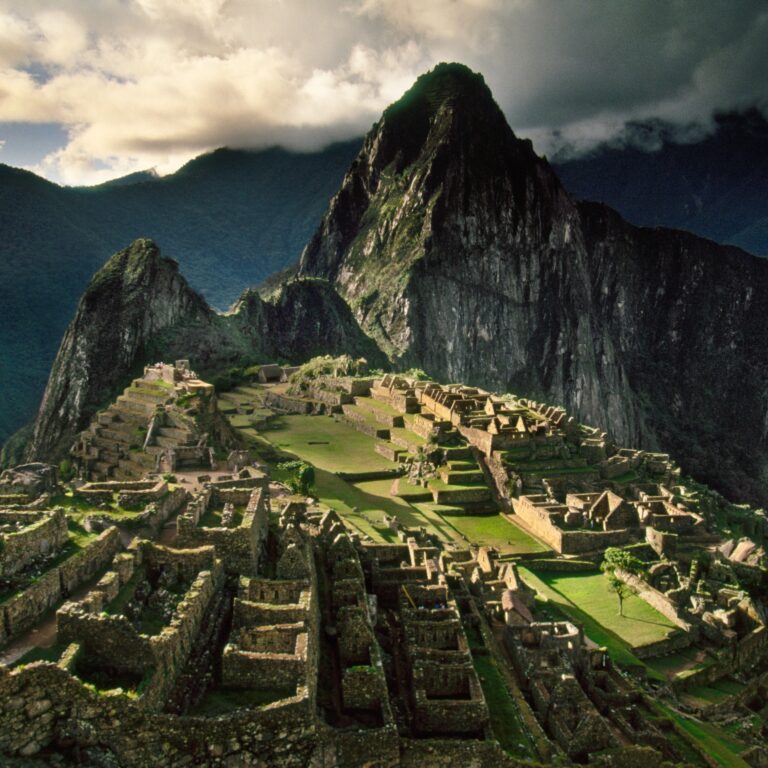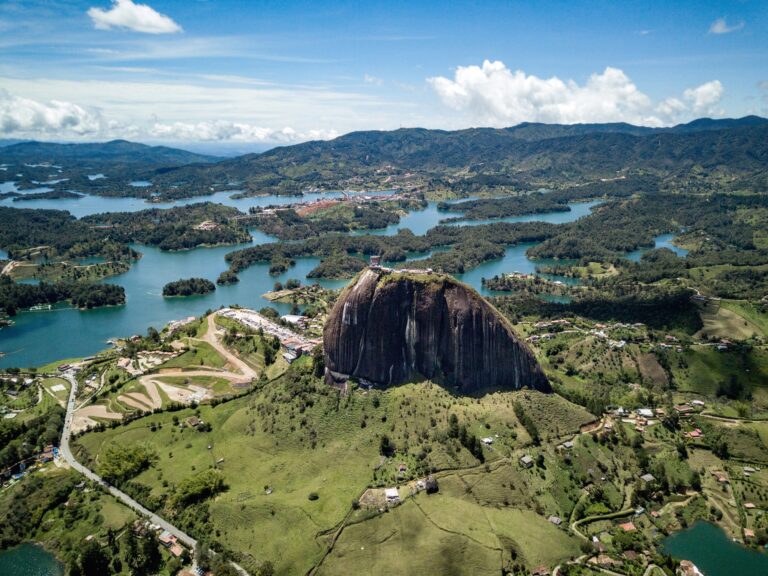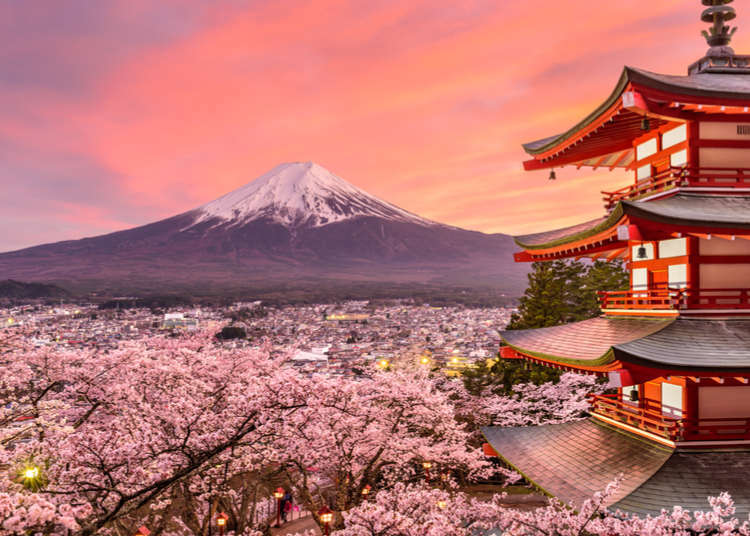Is India Safe to Travel: Visitor Advisory
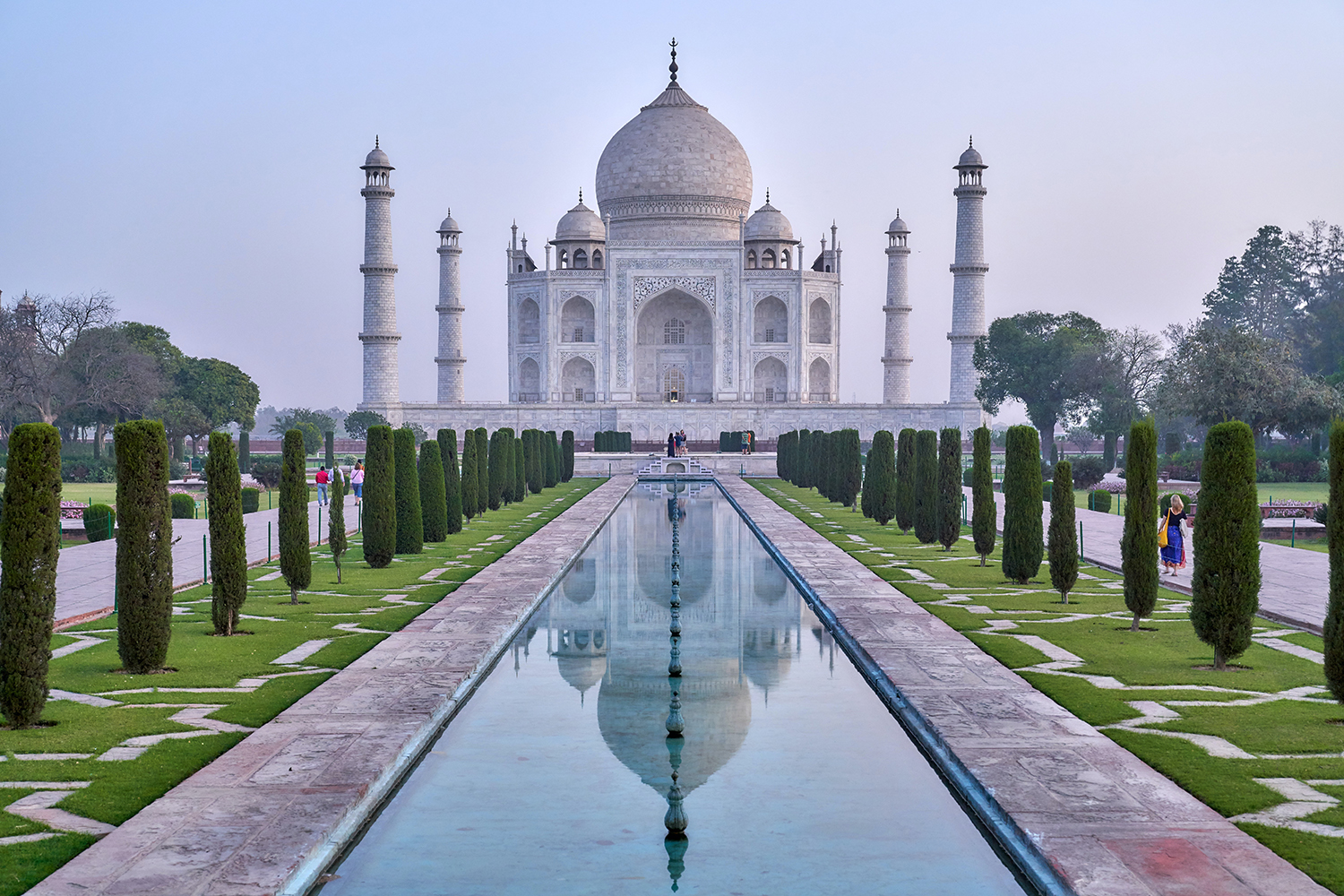
Safety Concerns in India
Understanding the safety concerns in India is crucial for anyone planning to visit. While India offers rich cultural experiences and diverse landscapes, it’s essential to be mindful of certain risks related to crime and terrorism.
Government Travel Advisories
The US Department of State classifies India at Level 2, advising travelers to “Exercise Increased Caution” due to crime and terrorism. Specific regions are even marked with a “Do Not Travel” advisory. These areas include:
- Jammu and Kashmir (excluding eastern Ladakh)
- India-Pakistan Border
- Certain parts of Central and East India like Manipur
Hence, it’s recommended to keep updated with government advisories before planning your trip.
Crime and Terrorism Risks
India, as vibrant and welcoming as it can be, has its share of crime and terrorism risks, particularly for tourists. One of the fastest-growing crimes in India is rape, and violent crimes, including sexual assault, are reported at tourist sites (Travel.State.Gov). Potential targets also include transportation hubs, markets, and shopping malls.
| Type of Crime | Risk Level |
|---|---|
| Sexual Assault | High |
| Violent Crimes | Moderate |
| Terrorism | High |
Terrorist attacks could occur with little or no warning, targeting locations frequented by tourists.
For more travel-related safety information, you can compare the situation in India to other countries:
By staying informed and following recommended safety measures, you can enjoy your visit to India while minimizing risks.
Specific Regions to Avoid
When considering the question, “is India safe to travel,” it is essential to recognize that safety can vary significantly across different regions of the country. Here, you will find detailed information on specific areas to avoid in India to ensure a safe travel experience.
Risky Areas in India
Certain regions in India are known for having heightened risks that can potentially jeopardize the safety of tourists. To stay safe, it’s recommended to exercise increased caution in the following areas:
- Manipur and the Indian-Pakistani border: These regions frequently experience violence and political unrest, making them unsafe for tourists. (Travel.State.Gov)
- Central and East India: Specifically, the areas affected by Naxalite insurgents, such as Chhattisgarh, Jharkhand, Odisha, Madhya Pradesh, and Maharashtra, should be approached with caution. The insurgents often target police officers and government officials, leading to violent incidents and fatalities. (UK Foreign Travel Advice)
- Jammu and Kashmir (excluding eastern Ladakh): The Union Territory of Jammu and Kashmir is flagged as Level 4: Do Not Travel due to potential terrorist attacks and civil unrest. The proximity to the Line of Control between India and Pakistan adds to the risk.
High Crime and Terrorism Zones
High crime rates and terrorism threats are significant concerns in the following regions:
-
Union Territory of Jammu and Kashmir: Except for the eastern Ladakh region and its capital, Leh, this area is marked as extremely dangerous due to frequent terrorist activities and violent civil disturbances. Violence can erupt unexpectedly along the Line of Control. (Travel State)
-
Northeastern States: Including Assam, Nagaland, and Manipur, these areas are under Level 3: Reconsider Travel advisory because of ethnic insurgent group violence, such as bombings of buses, trains, and marketplaces. U.S. government employees need prior approval for travel to some of these regions. (Travel State)
It’s crucial to keep these high-risk areas in mind when planning your travels in India. For more information on safety measures and precautions, be sure to review our sections on safety measures for tourists and precautions for safe travel.
| Region | Advisory Level | Reasons |
|---|---|---|
| Jammu and Kashmir | Level 4 | Terrorism, civil unrest, proximity to Line of Control |
| Central and East India | Level 3 | Naxalite insurgency, targeted violence |
| Northeastern States | Level 3 | Ethnic insurgent violence, bombings |
| Manipur, Indian-Pakistani border | Level 3 | Political unrest, violence |
For more insights into safety and advisories in other countries, you can explore our resources on is it safe to travel to mexico, is cancun safe to travel, and is it safe to travel to turkey.
Travel Recommendations
Safety Measures for Tourists
When considering an adventure in India, keeping safety in mind is crucial. Exercising increased caution can help you enjoy a safe and memorable trip. Here are some important safety measures to follow:
-
Stay Informed: Regularly check government travel advisories for the latest information on safety and security.
-
Secure Your Belongings: Use lockable bags and avoid displaying valuable items, which can attract unwanted attention.
-
Emergency Numbers: Familiarize yourself with local emergency numbers. In India, the universal emergency number is 112.
-
Hotel Safety: Choose accommodations with good security measures. Read reviews to gauge the safety of the location.
| Safety Measure | Recommendation |
|---|---|
| Check Travel Advisories | Regularly |
| Secure Belongings | Use lockable bags |
| Emergency Numbers | Memorize 112 |
| Hotel Safety | Prioritize security |
Precautions for Safe Travel
Taking precautions can significantly enhance your safety while exploring India. Here are some key recommendations:
-
Avoid Risky Areas: Be aware of regions with higher crime or violence, such as Manipur (Level 4: Do Not Travel) and certain northeastern states (Level 3: Reconsider Travel) (Travel State).
-
Travel in Groups: Whenever possible, travel with a group. It is safer, especially in less populated areas.
-
Respect Local Norms: Cultural awareness plays a big part in staying safe. Dress modestly and follow social norms to avoid unwanted attention.
-
Health Precautions: Consult a doctor before your trip for vaccinations and malaria prevention medications (CDC Travel Health Notices – India). For more on health tips, check our section on health guidelines.
| Precaution | Recommendation |
|---|---|
| Avoid Risky Areas | Know Level 4 and Level 3 zones |
| Travel in Groups | Better safety in numbers |
| Respect Local Norms | Cultural awareness |
| Health Precautions | Vaccinations and medications |
By following these safety measures and precautions, you can enjoy a safe and fulfilling journey in India. For more travel tips and safety advice, check out our articles on is it safe to travel to mexico and is it safe to travel to jamaica.
Health Guidelines
Staying healthy while traveling in India is crucial for an enjoyable trip. This section covers essential disease precautions and vaccination tips to help you prepare for your journey.
Disease Precautions
When considering “is India safe to travel,” it’s important to be aware of the health risks. Several diseases are present in India, and taking the necessary precautions can help protect you from getting sick.
- Cholera:
- Cholera is presumed to be present in India.
- Avoid unsafe food and water and wash hands frequently.
- Vaccination may be considered for areas with active cholera transmission (CDC Travel Health Notices – India).
- Malaria:
- Certain areas in India have a high risk of malaria.
- Consult a doctor for the appropriate malaria medication.
- Medications should be taken before, during, and after the trip (CDC Travel Health Notices – India).
- Measles:
- Cases of measles are rising worldwide.
- Ensure you are fully vaccinated with the measles-mumps-rubella (MMR) vaccine.
- Vaccination should be completed at least two weeks before departure (CDC Travel Health Notices – India).
- Rabies:
- Rabies is common in dogs in India.
- Rabies pre-exposure vaccination is recommended, especially for long stays or visits to rural areas.
- Schistosomiasis and Leptospirosis:
- These infections are spread in fresh water.
- Avoid swimming in fresh, unchlorinated water (CDC Travel Health Notices – India).
Vaccination and Health Tips
Before traveling to India, ensure you are up-to-date with necessary vaccinations. This table provides a summary of recommended vaccines and their details.
| Vaccine | Reason | Timing |
|---|---|---|
| Hepatitis A | Contaminated food and water | At least 2 weeks before travel |
| Hepatitis B | Blood and body fluids | Series of shots completed before travel |
| Typhoid | Contaminated food and water | At least 2 weeks before travel |
| Cholera | Contaminated food and water | Consult doctor for specific recommendation |
| Japanese Encephalitis | Mosquito bites | At least 1 month before travel |
| Rabies | Animal bites | Series of shots completed before travel |
| Malaria | Mosquito bites | Consult doctor for medication schedule |
| Measles-Mumps-Rubella (MMR) | Measles outbreaks | At least 2 weeks before travel (CDC Travel Health Notices – India) |
To minimize health risks, adhere to these additional tips:
- Drink only bottled or purified water.
- Eat food that has been well-cooked and is served hot.
- Avoid street food that may not have been prepared under hygienic conditions.
- Use insect repellent and wear long sleeves to prevent mosquito bites.
- Carry a basic first aid kit for emergencies.
For more information on staying safe while traveling, check out our articles on is it safe to travel to china and is thailand safe to travel. Following these health guidelines will help ensure your trip to India is safe and enjoyable.
Cultural Awareness
Social Norms and Etiquette
India is a country rich in cultural diversity and complex social norms. Understanding these norms is essential for ensuring a respectful and enjoyable visit.
Respect for Elders
In Indian culture, respecting elders is paramount. It is common practice to address older individuals with honorifics such as “auntie” or “uncle.” This demonstrates respect and can foster a positive interaction. Should you find yourself engaging with elders, using these terms can be seen as a sign of cultural awareness and sensitivity (Lonely Planet).
Interactions and Relationships
Social interactions in India can differ significantly from those in the West. Public displays of affection are generally frowned upon, especially between unmarried individuals. Same-sex relationships are also viewed conservatively, so it is advisable to exercise discretion in public settings. These norms are deeply ingrained in Indian society and adhering to them can help you avoid unwanted attention or confrontation.
Respectful Behavior in India
Respectful behavior extends beyond understanding social norms; it encompasses how you conduct yourself in public, particularly concerning safety and personal boundaries.
Avoiding Harassment
Street harassment, including long stares and unwelcome conversations, can be a problem in certain areas. Travelers, especially women, are advised to exercise caution. Avoid walking alone in quiet areas, particularly at night, to minimize risks. Utilizing only trusted transportation options like authorized taxis or public transportation can further ensure your safety (Lonely Planet).
| Safety Tip | Why Important |
|---|---|
| Use trusted transportation | Enhances personal safety |
| Avoid public displays of affection | Respects cultural norms |
| Address elders with honorifics | Shows cultural sensitivity |
| Exercise caution in quiet areas | Reduces risk of harassment |
For more comprehensive travel tips, refer to our sections on safety measures for tourists and practical tips for tourists.
An understanding of cultural norms and practicing respectful behavior can greatly enrich your experience while visiting India. For additional information on travel safety in other destinations, you might be interested in visiting our pages on is it safe to travel to paris right now or is peru safe to travel to.
Practical Tips for Tourists
Safety Practices in India
When visiting India, it’s important to follow safety practices to ensure a pleasant and secure experience.
- Stay Informed: Regularly check travel advisories from your government to stay updated on any potential risks and areas to avoid.
- Transportation: Use reputable taxi services or ride-sharing apps. Avoid traveling alone, especially at night.
- Personal Belongings: Keep your valuables secure and out of sight. Consider using a money belt or a secure bag.
- Emergency Numbers: Familiarize yourself with local emergency contacts and know the location of your country’s embassy.
- Dress Modestly: Adhere to local attire norms, especially in conservative areas, to show respect and avoid unwanted attention.
- Crowded Places: Be cautious in crowded areas and markets to prevent pickpocketing.
For more information on safety, check out our detailed guide on safety practices in India.
Food and Water Safety Guidelines
Ensuring the safety of the food and water you consume is crucial to avoid any health issues during your trip.
| Safety Aspect | Guidelines |
|---|---|
| Water Consumption | Avoid tap water. Drink purified or bottled water. Avoid ice in drinks unless it’s from purified water. (Lonely Planet) |
| Eating Out | Choose reputable restaurants. Avoid street food unless it’s cooked thoroughly and served hot. |
| Fresh Produce | Be cautious with raw fruits and vegetables unless you can peel them or wash them with purified water. |
| Dairy Products | Ensure any dairy product consumed is pasteurized. Avoid buying dairy products from street vendors. |
Health guidelines from CDC recommend avoiding cholera by steering clear of unsafe food and water and washing hands regularly.
For extended travel health tips, read about food and water safety guidelines in India.
By adhering to these practices and guidelines, you can significantly enhance your safety and health during your travels in India. For more on travel safety in various countries, visit related articles about other destinations like is it safe to travel to Mexico and is Cancun safe to travel.


